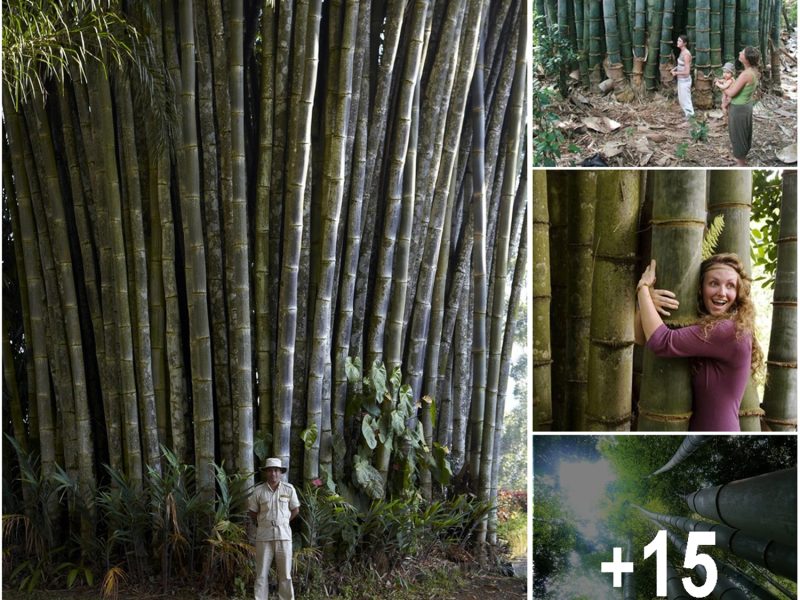1. The Blue Grotto in Capri, Italy
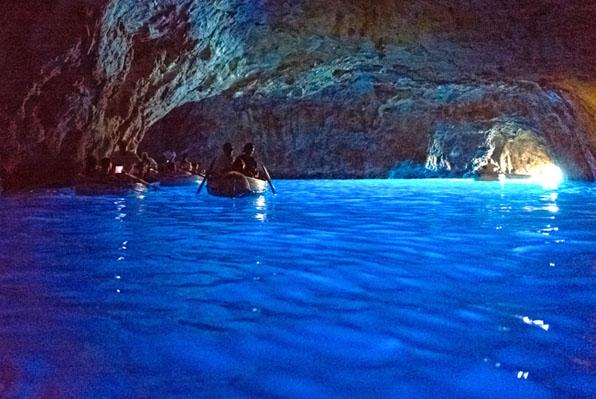
The Blue Grotto, located on the coast of Capri, is a famous destination for visitors. It is a sea cave that stands out for its brilliant blue luminescence, which emanates from two sources: the entrance to the cave (which can only be entered by one rowboat at a time) and a larger hole beneath the entrance. From inside the cave, the entrance appears as a brilliant white light just above the waterline, while the underwater hole provides a blue glow.
2. Cave of the Crystals in Chihuahua, Mexico
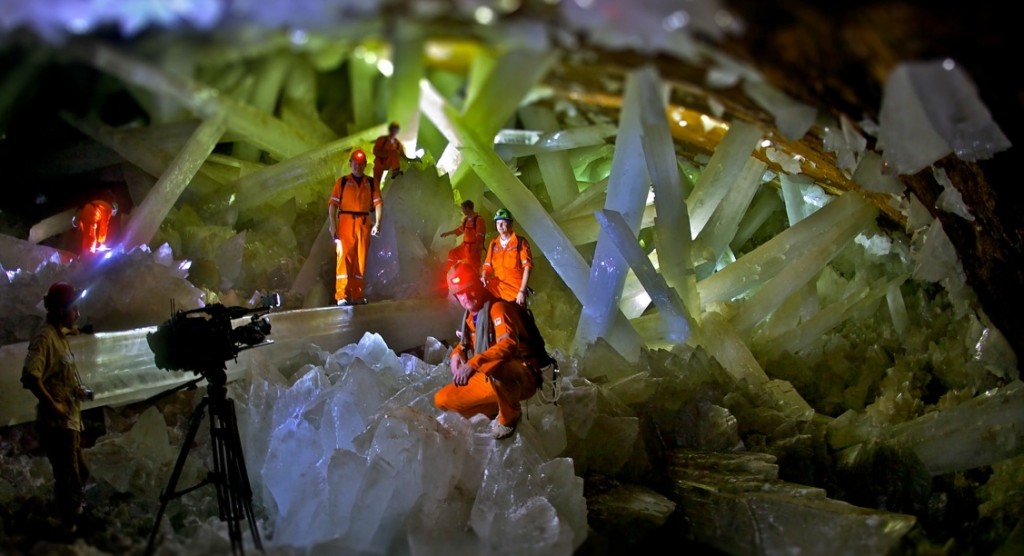
The Cave of Swords was discovered by miners in 1910, located above the Cave of the Crystals. The crystals found in this cave are much smaller, only reaching 1-2 meters compared to the massive 12 meters in the Cave of the Crystals. The temperature in this cave is cool, which may have halted crystal growth.
In contrast, the Cave of the Crystals was discovered in 2000 and holds the record for the largest natural selenite crystals ever found. The largest crystal found here was 12 meters long and 4 meters in diameter! The average temperature in this cave is a scorching 50-58 degrees Celsius with 90-99% humidity. As a result, even researchers in protective gear can only stay for a limited time.
But how did these incredible crystals form? Over time, groundwater rich in gypsum seeped into the cavern now known as the Cave of the Crystals, filling it with gypsum. The groundwater remained at 50 degrees Celsius for 500,000 years, allowing selenite crystals to form and grow to gigantic sizes, thanks to the nearby pool of magma.
3. Krubera Cave in Abkhazia, Georgia
Krubera cave, also known as Voronja Cave, was first discovered in 1960 and holds the title of the deepest-known cave on Earth, with a depth of over 2196 meters. The name Voronja, meaning “cave of the crows” in Russian, was given by speleologists in 1980 due to the number of crows nesting at the entrance. However, the original name Krubera was given in honor of Alexander Kruber, a Russian geographer, by Russian speleologists.
Important update: In 2001, Veryovkina Cave was discovered in the same area of Abkhazia, and it now holds the title of the deepest cave in the world with a depth of 2212 meters, pushing Krubera Cave to second place.
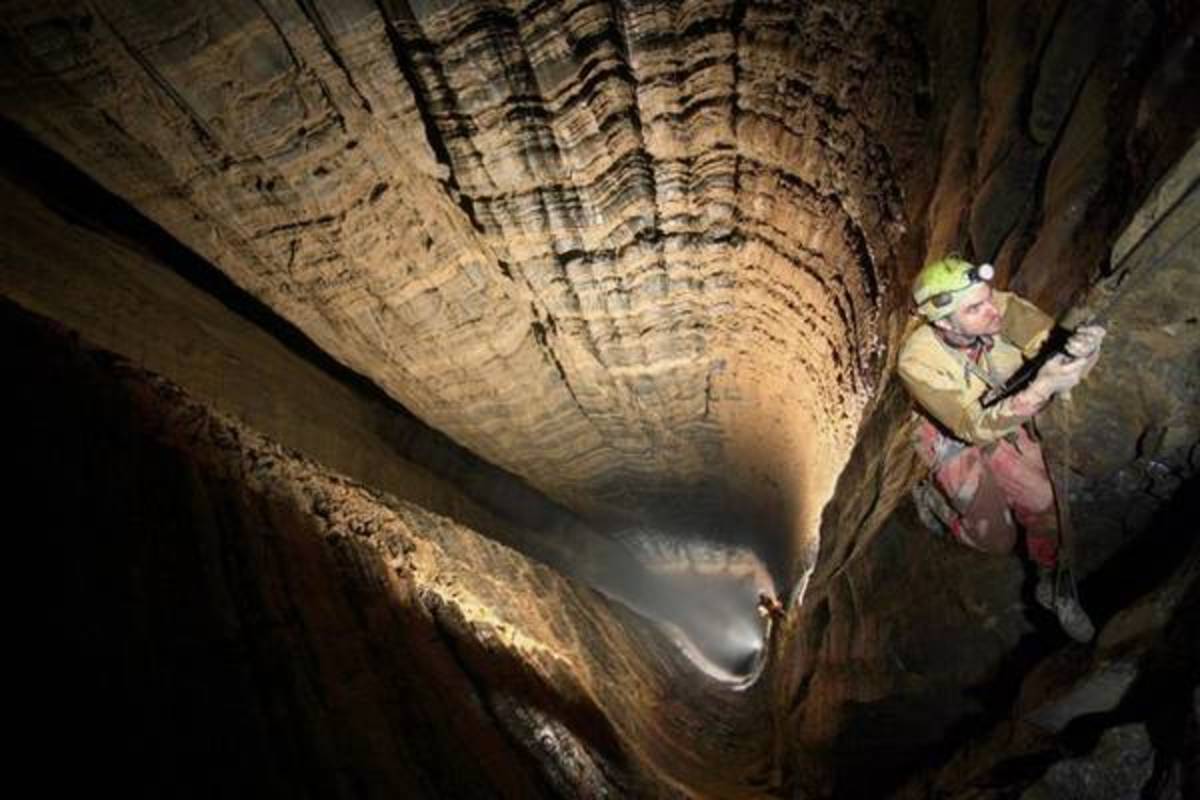
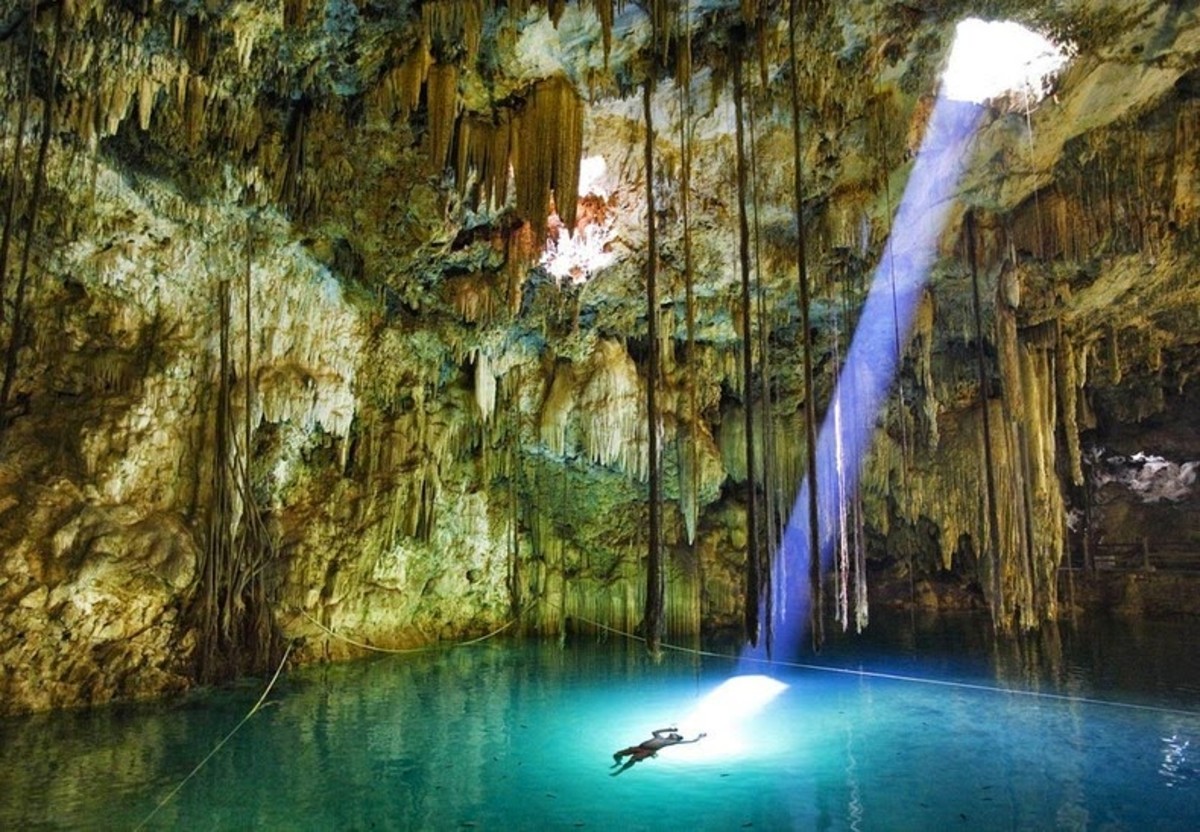
4. Fingal’s Cave in Staffa, Scotland
Fingal’s Cave is an incredible sea cave situated on the deserted island of Staffa in Scotland. This volcanic island is known for its unique hexagonal basalt columns, and Fingal’s Cave is the most remarkable among them. The cave has a large size, peculiar shape, and naturally arched roof that, when combined with the waves, produces eerie sounds that enhance its cathedral-like ambiance. The cave was named after the hero in James Macpherson’s book “Fingal,” which means “white stranger.”
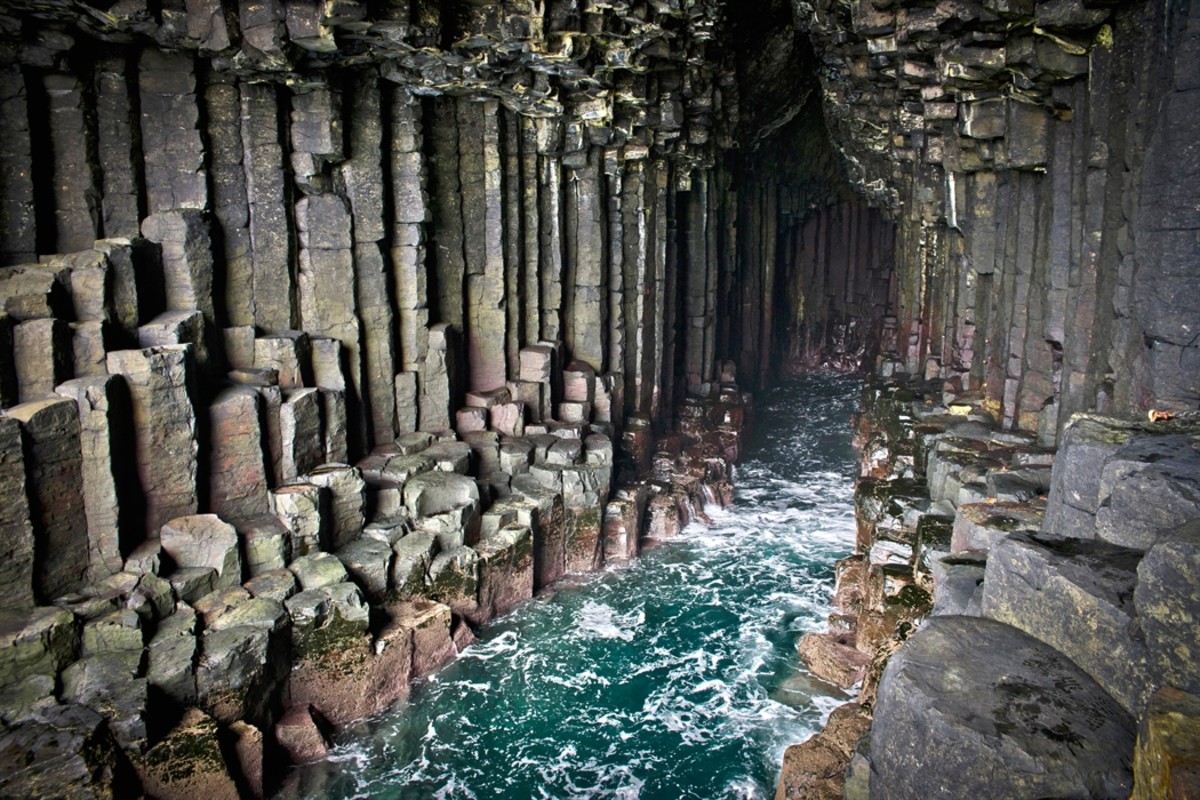
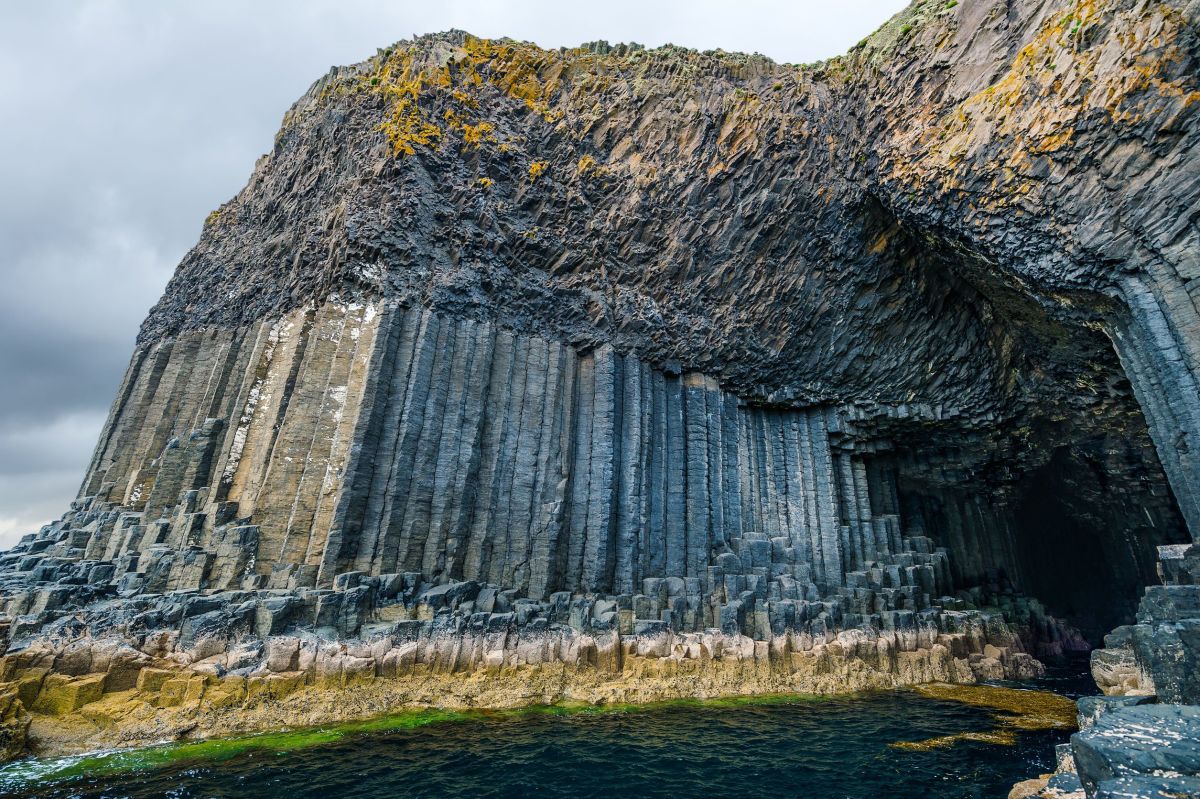
5. Eisriesenwelt Ice Cave in Werfen, Austria
Located in Austria, Eisriesenwelt is the largest natural limestone ice cave in the world, spanning 42 kilometers into the earth and attracting around 200,000 visitors annually. While the cave is massive, only the first kilometer, which is covered in ice, is open to tourists. Surprisingly, the oldest layer of ice in the cave dates back 1,000 years.
Formed by the slow erosion of the Salzach river, the cave’s icy formations were created by melting snow that dripped into the cave and then froze. Even during the summer months, this section remains icy because the cave entrance is open year-round, allowing chilly winds to keep the temperature below freezing. New formations appear each spring when water seeps into the cave and freezes.
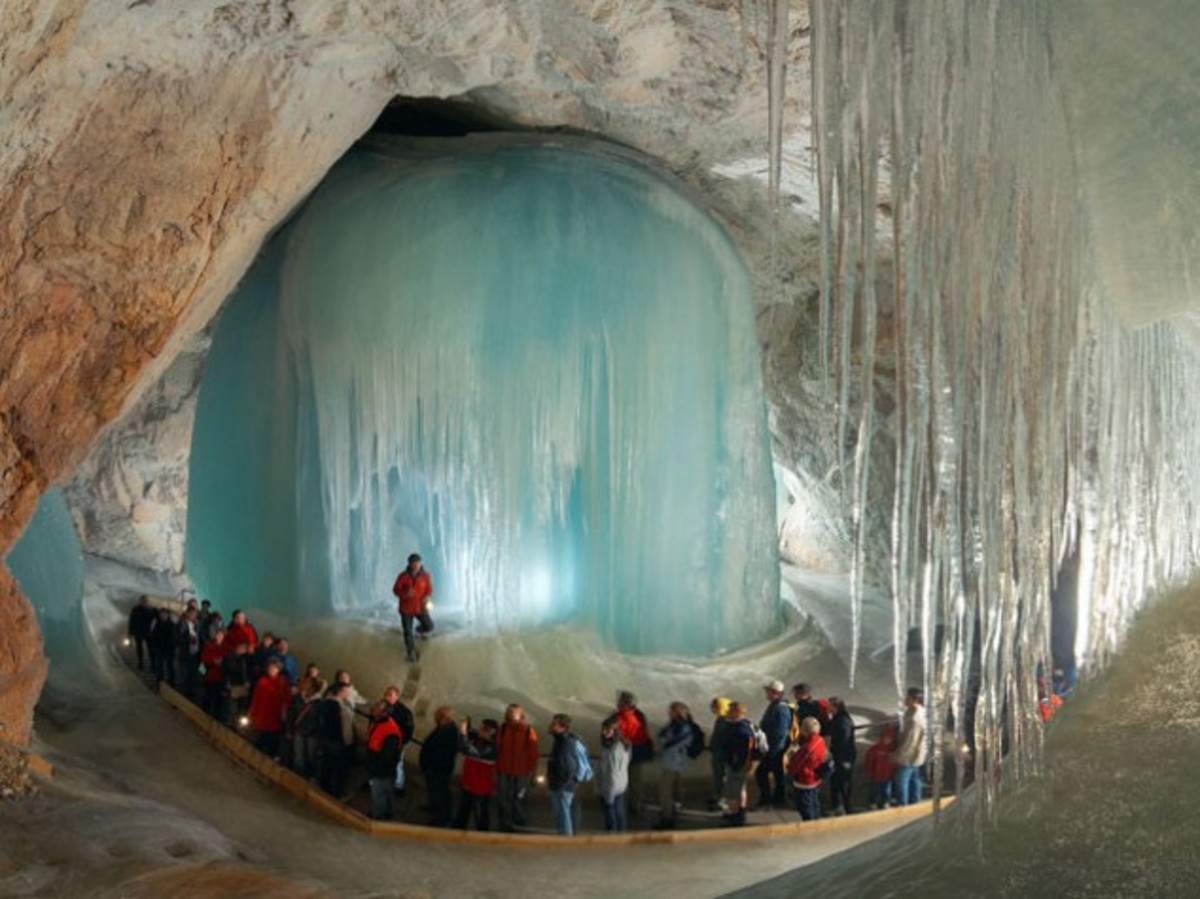
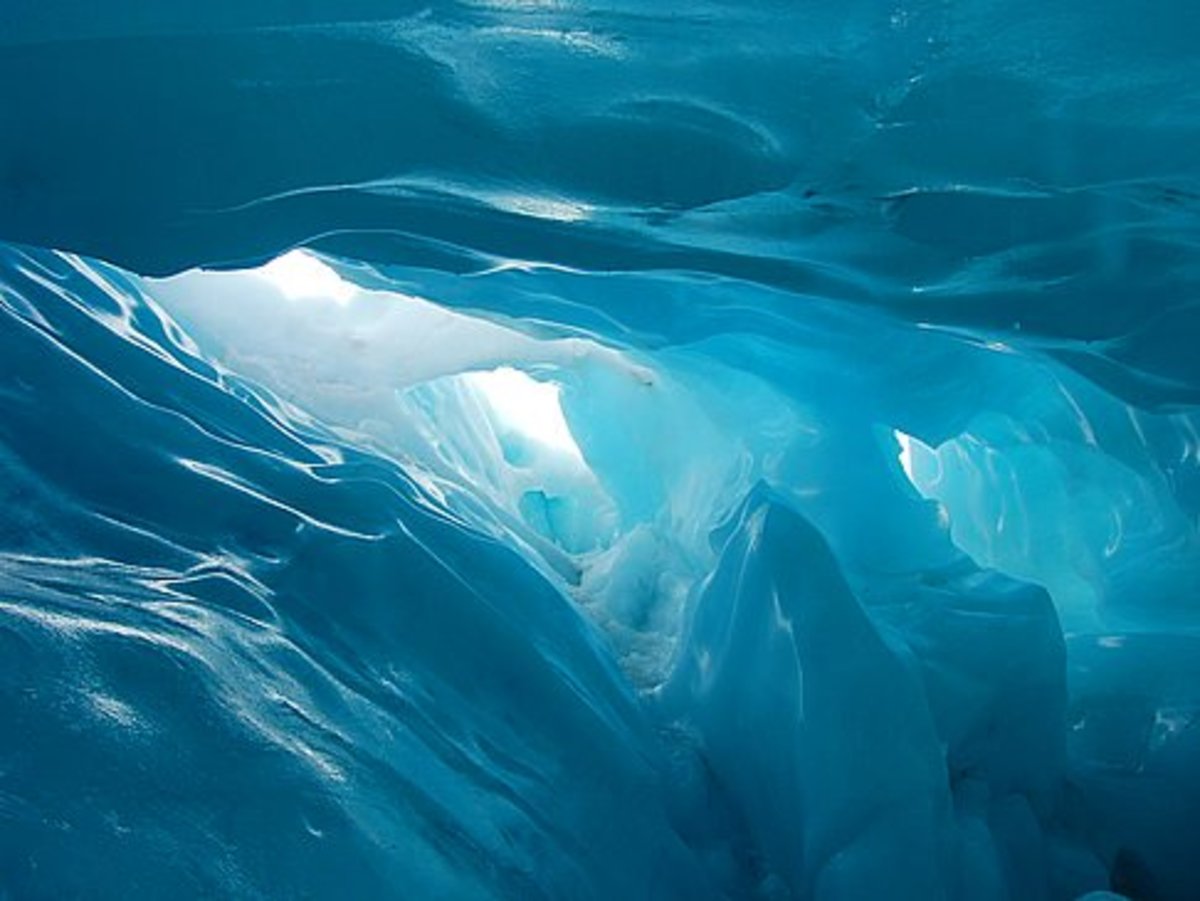
6. Puerto Princesa Subterranean River in Palawan, Philippines
The Puerto Princesa Subterranean River National Park in the Philippines is a breathtaking natural wonder. It is considered as one of the New Seven Wonders of Nature and a UNESCO World Heritage Site. The river flows through an underground cave system that is home to many marine creatures. To reach the entrance of the cave, visitors have to hike a short distance from a nearby town.
In 2010, a group of environmentalists and geologists made a stunning discovery that the underground river has a second floor, which contains numerous small waterfalls inside the cave. Moreover, a 300-meter cave dome above the underground river reveals unbelievable rock formations, large bats, a deep hole in the river, river channels, and another deep cave. The cave is filled with large chambers, including the 360-meter Italian Chamber, which is one of the most massive cave rooms in the world.
Visitors can explore the river in the cave by boat for up to 4 kilometers, but beyond that point, it is impossible to venture further due to a critical lack of oxygen. The Puerto Princesa Subterranean River National Park is a true marvel of nature that offers visitors a unique and unforgettable experience.
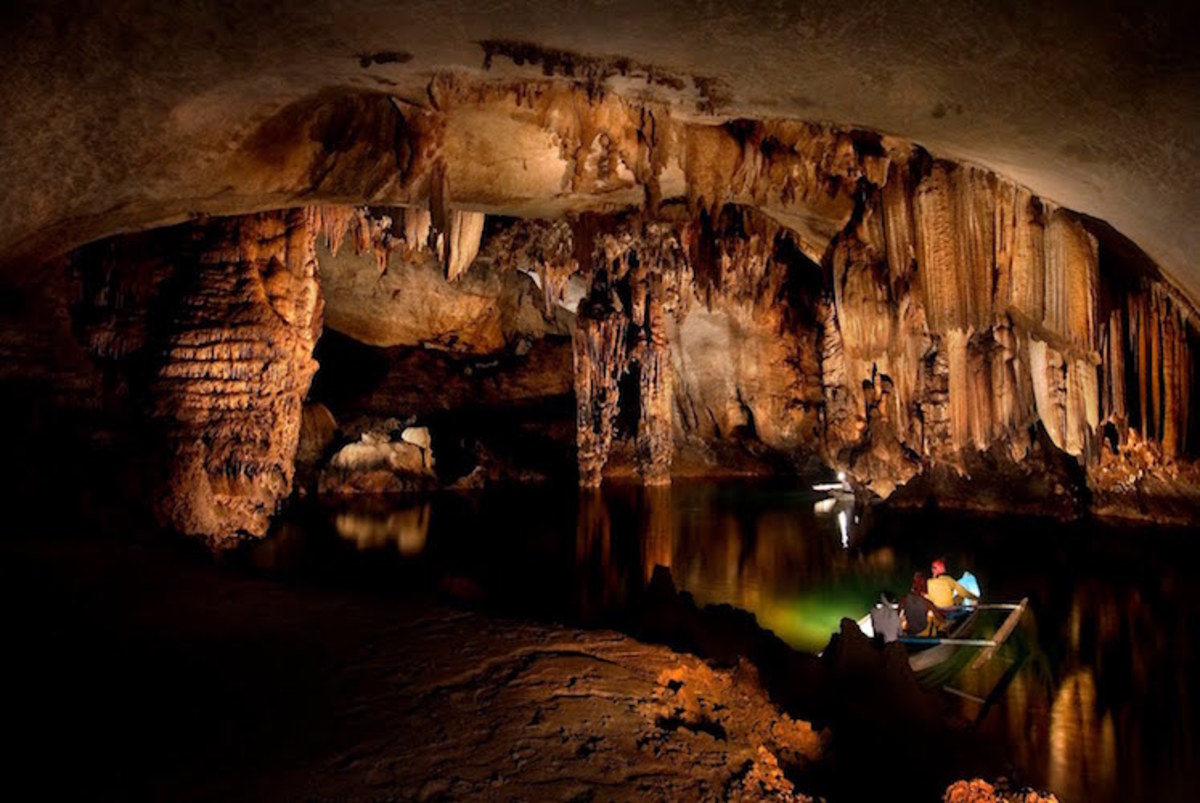
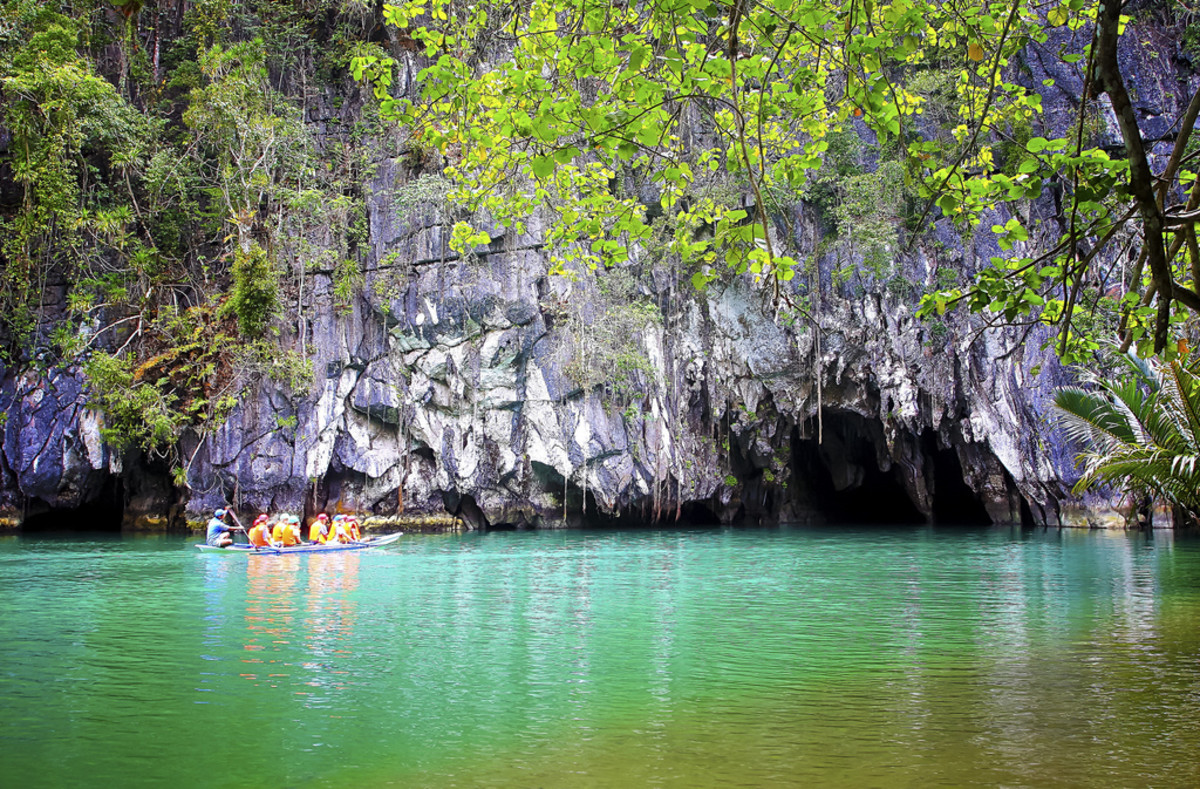
7. Mammoth Cave National Park in Kentucky, USA
Mammoth Cave National Park boasts the world’s longest cave system, spanning 52,830 hectares (or 528.3 square kilometers). Its length exceeds that of the second longest cave system, Mexico’s Sac Actun, which is an underwater cave, by two times.
The National Park offers various tours, providing visitors with an opportunity to explore numerous notable features of the cave, such as the Grand Avenue, Frozen Niagara, and the famous Fat Man’s Misery. These attractions are viewable on tours that can last up to six hours. For the more adventurous, the park also offers tours that venture away from the developed parts of the cave and into muddy crawlspaces and dusty tunnels.
8. Škocjan Cave in Divača, Slovenia
Škocjan Cave is an extraordinary example of a limestone cave system and canyon. It features a unique underground river that runs through it, forming the largest underground canyon in the world. The cave’s vast chambers and galleries, and its stunning stalactites, stalagmites, and other formations make it a natural wonder of immense aesthetic value.
The cave is also home to a rich ecosystem of rare and endemic species, making it an essential site for ecological research and conservation. Its cultural and historical significance is just as impressive. The cave has been inhabited since prehistoric times, and it contains evidence of human settlements and cultural practices that span thousands of years.
The cave’s geological and hydrological features also make it an exceptional example of contact karst, a type of karst that forms where groundwater meets soluble rock layers. The Škocjan Cave is truly a remarkable natural wonder, and a must-see destination for anyone interested in geology, ecology, and history.
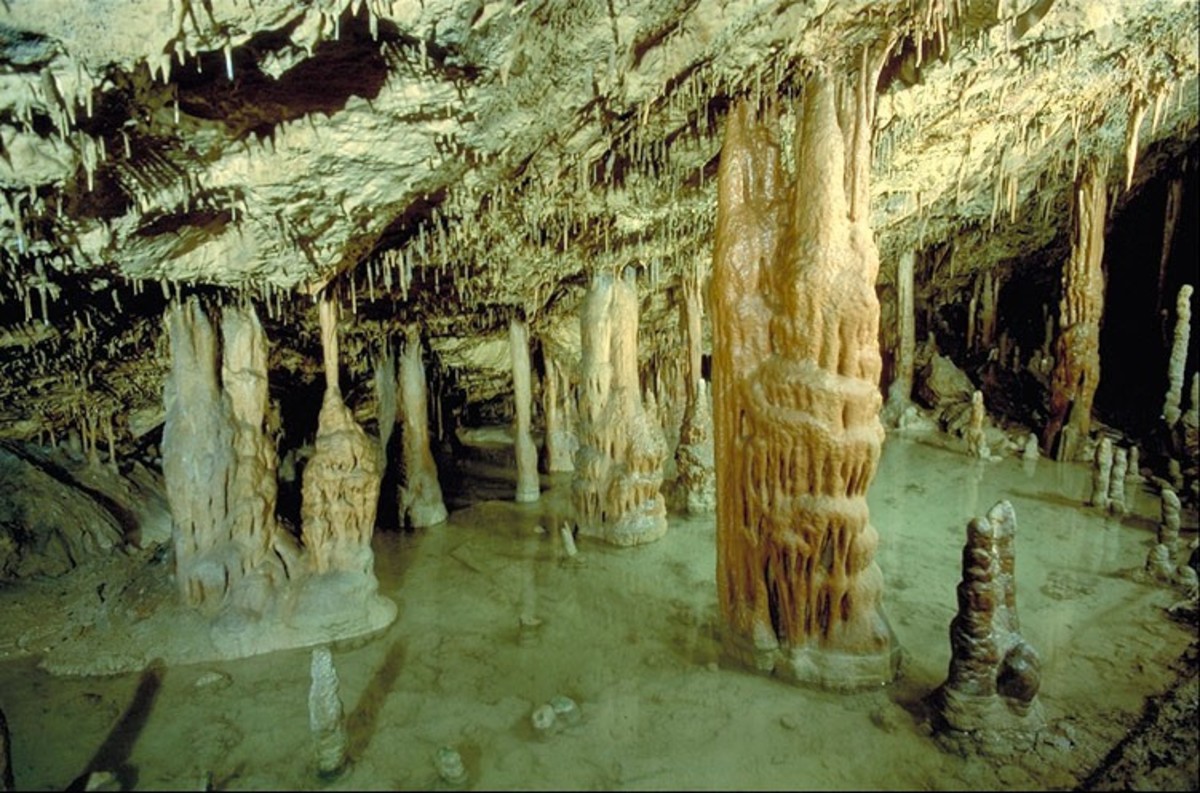
9. Carlsbad Caverns National Park in New Mexico, USA
Carlsbad Caverns National Park is a remarkable network of caves situated deep in the limestone rock of the Guadalupe Mountains. It is one of the most popular caves in the United States, attracting around 41 million visitors in 2011. The cavern is accessible throughout the year, except on Christmas Day, and visitors can either hike to the entrance or take the elevator.
One of the key attractions of Carlsbad Caverns is “The Big Room,” a vast natural limestone chamber that is roughly 4,000 feet long, 625 feet wide, and 255 feet high (at the tallest point). It is the third-largest chamber in North America and the seventh-largest in the world.
The park offers numerous programs for visitors, including the Bat Flight Program, which allows tourists to witness the sunset flight of bats out of the cave and their sunrise return the following morning. Camping is also permitted for visitors with tickets from the National Park center.
Recently, the discovery of the Chocolate Room and the Bottomless Pit added to the park’s allure. Initially thought to be bottomless because stones thrown into the pit made no sound, the pit is actually 140 feet deep and covered by a thick layer of soft dirt that cushions the impact of falling rocks, which explains why it does not produce a sound.
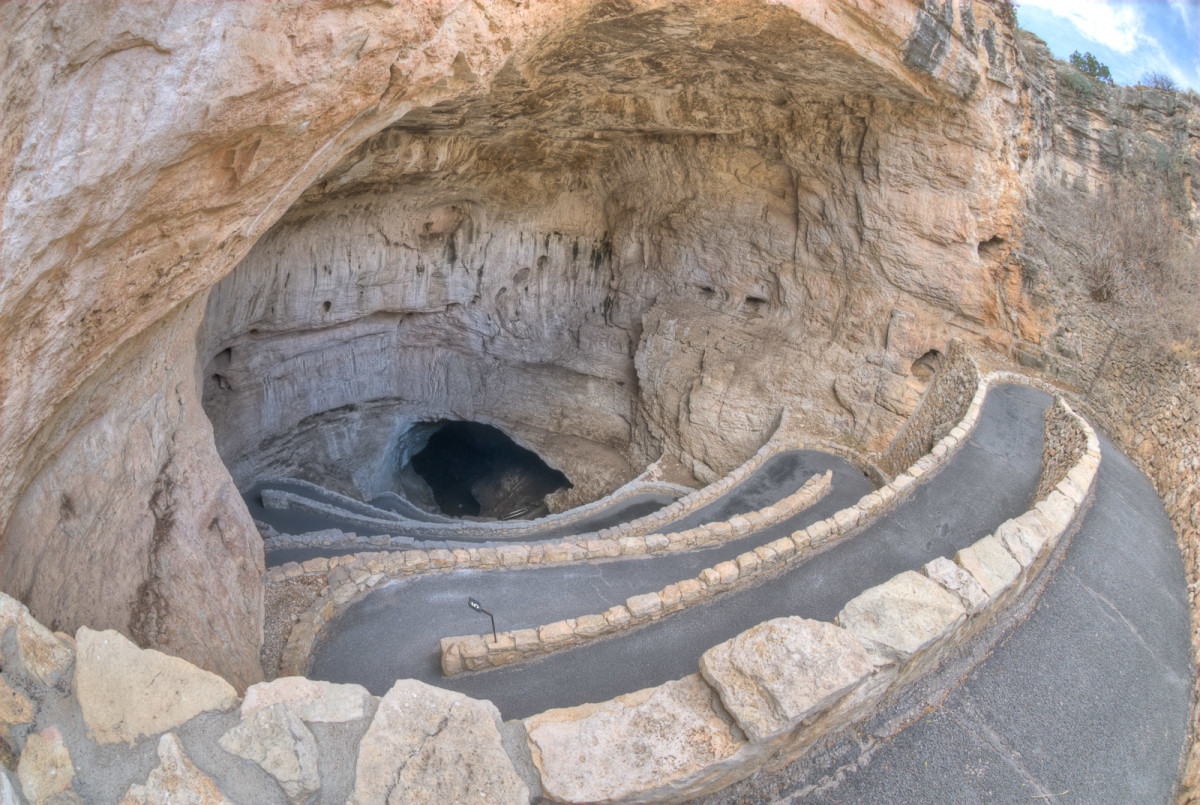
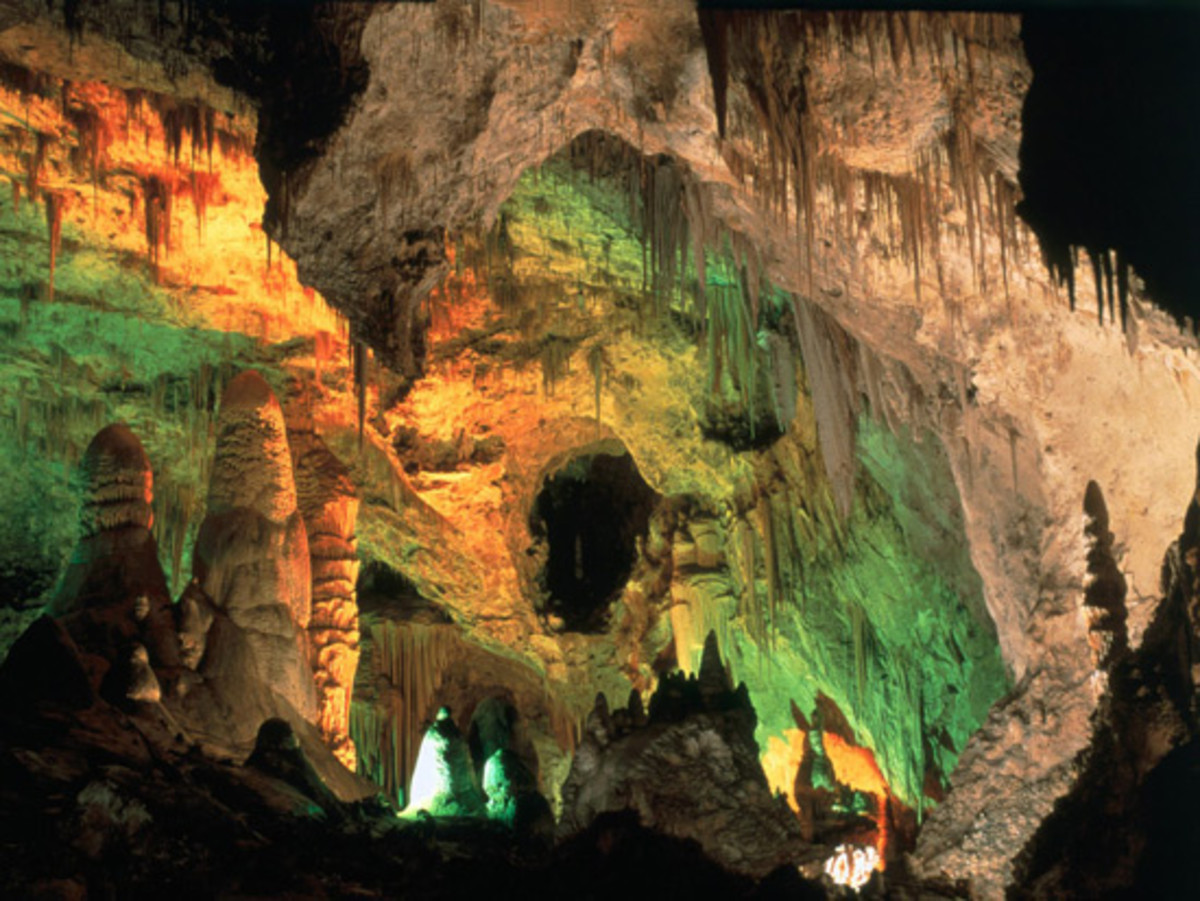
10. Waitomo Glowworm Caves in Waitomo, New Zealand
Waitomo Glowworm Caves in New Zealand is a world-renowned tourist destination, and for good reason. The cave system is home to millions of glowworms, which light up the underground river and create a breathtaking sight that resembles a starry night sky.
The glowworms are carefully monitored by scientific staff who ensure the conditions in the cave are optimal for their survival. Visitors can take guided tours through the cave system, which includes a boat ride along the underground river where the glowworms illuminate the entire ceiling. The tours have three levels of intensity, catering to all kinds of visitors, and offer a unique and unforgettable experience.
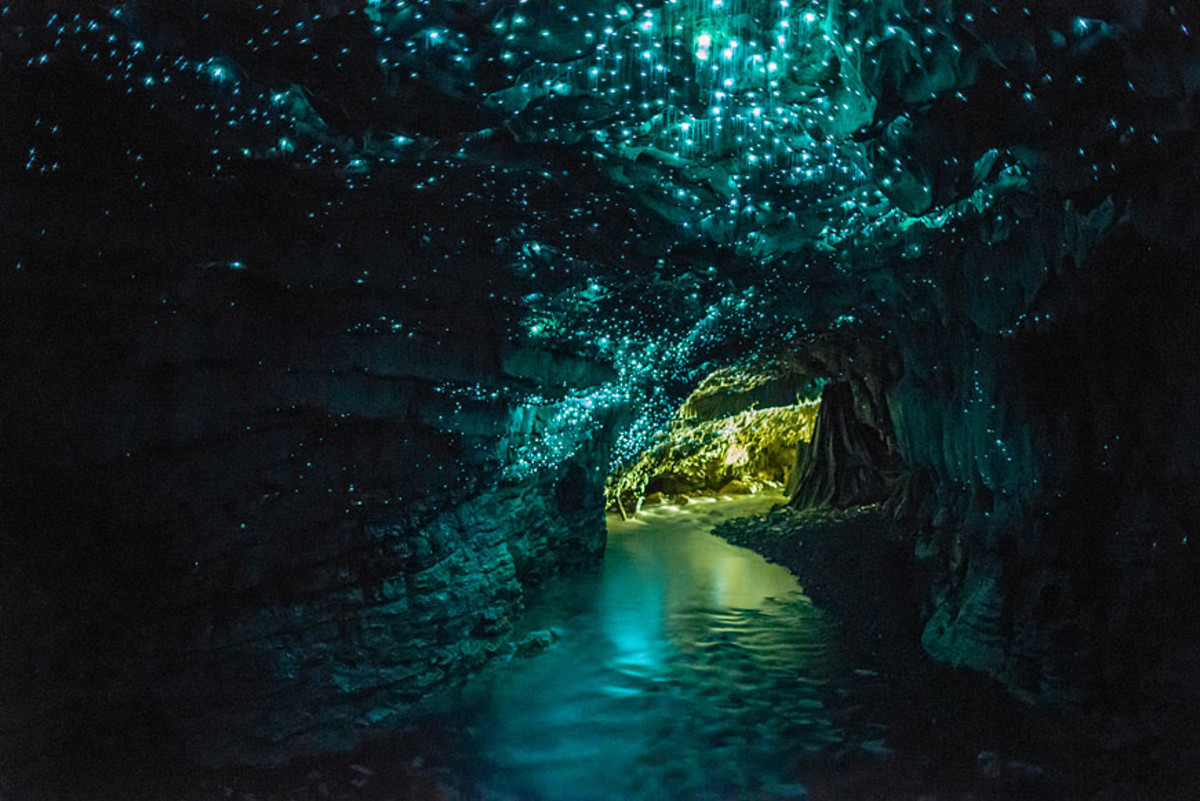
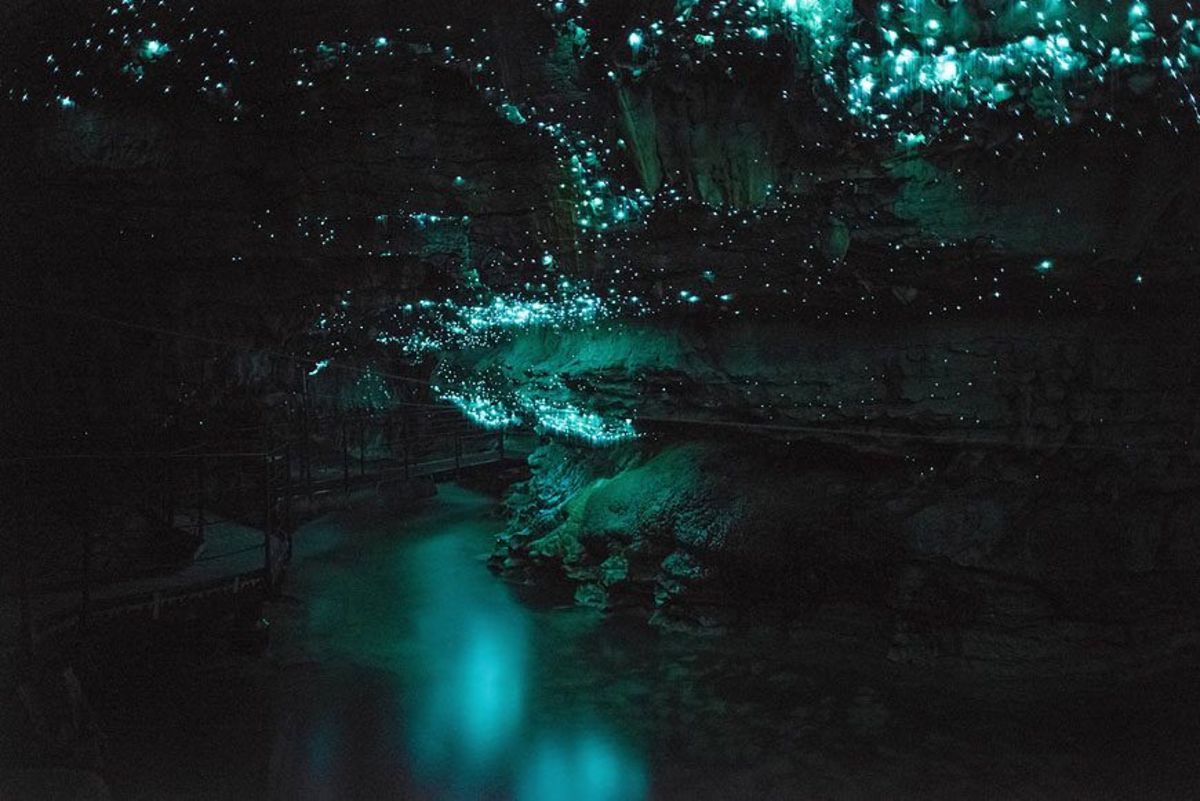
How Are Caves Formed?
Cave formation is an intricate process that can take thousands, if not millions, of years. It’s fascinating to see how something so beautiful can be formed by natural processes. By understanding how caves are formed, we can appreciate them even more and realize the importance of preserving them for future generations to enjoy.
Honorable Mentions
Though these caves didn’t make the top ten list, they are still ѕрeсtасᴜɩаг!
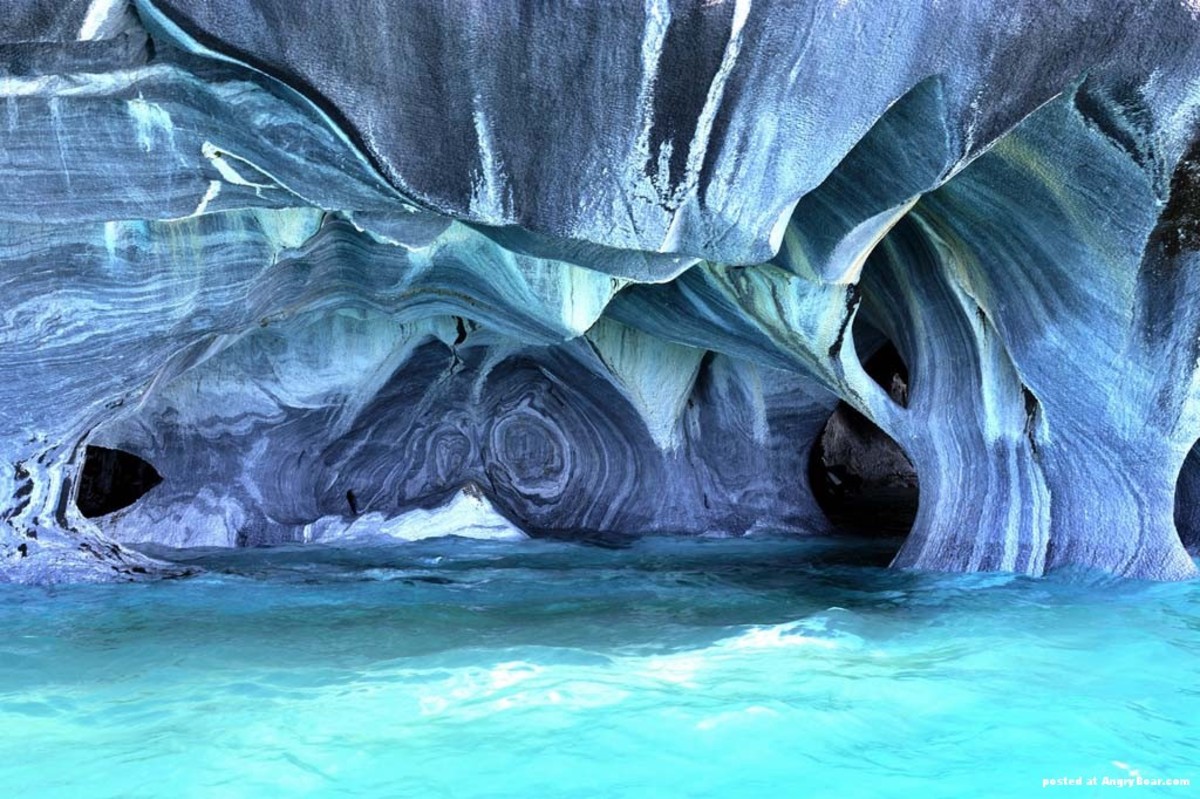
Marble Cave in Patagonia, Chile
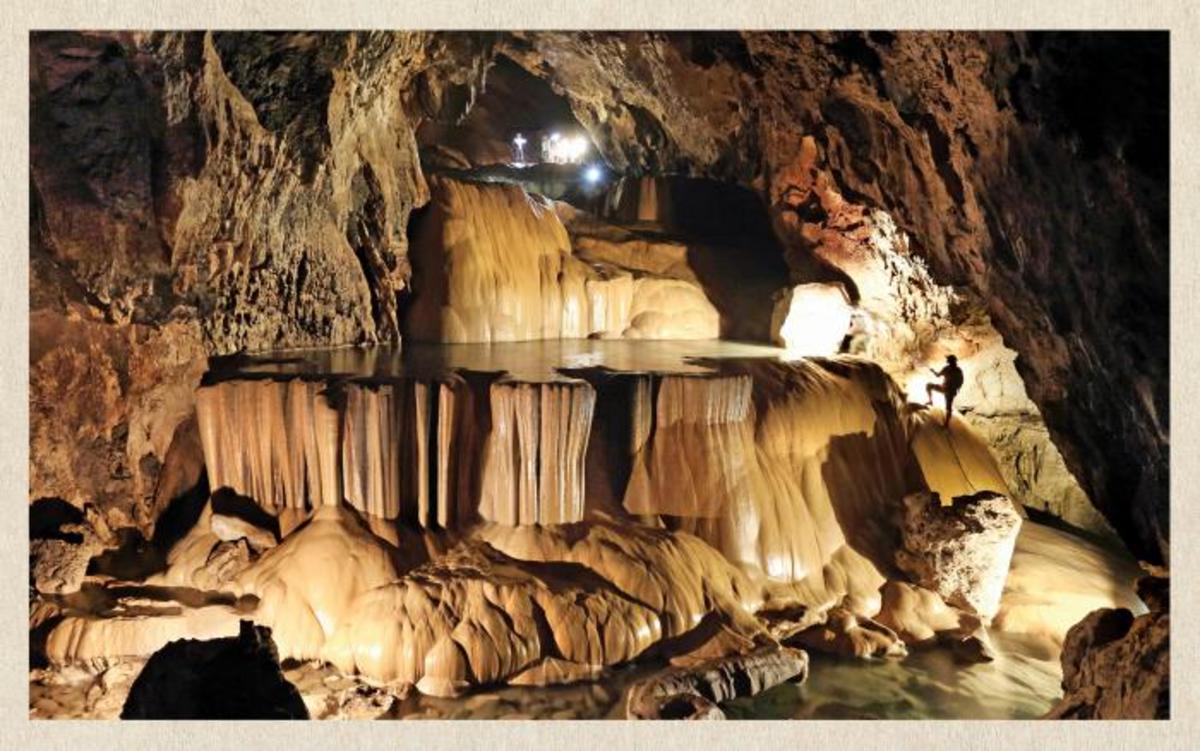
Sumaguing Cave in the Philippines
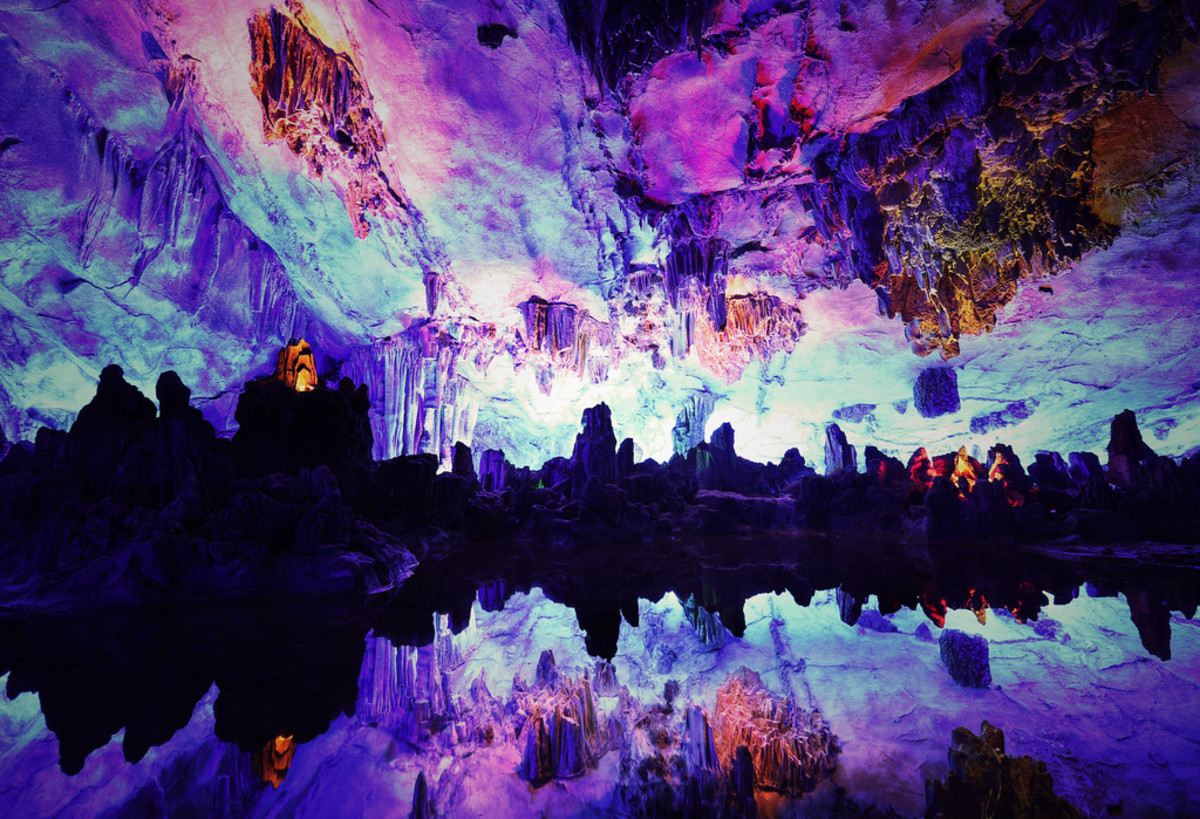
Reed Flute Cave in Guilin, Guangxi, China
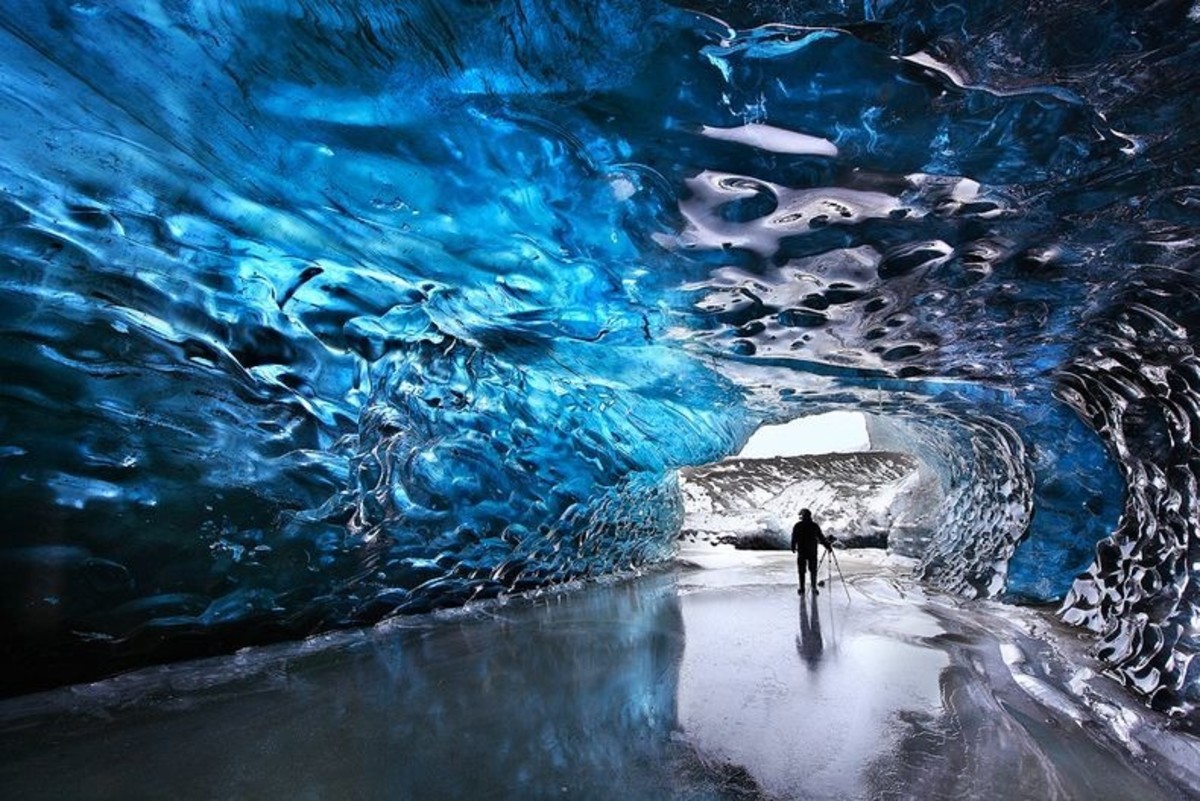
Skaftafell Ice Cave in Vatnajokull National Park, Iceland
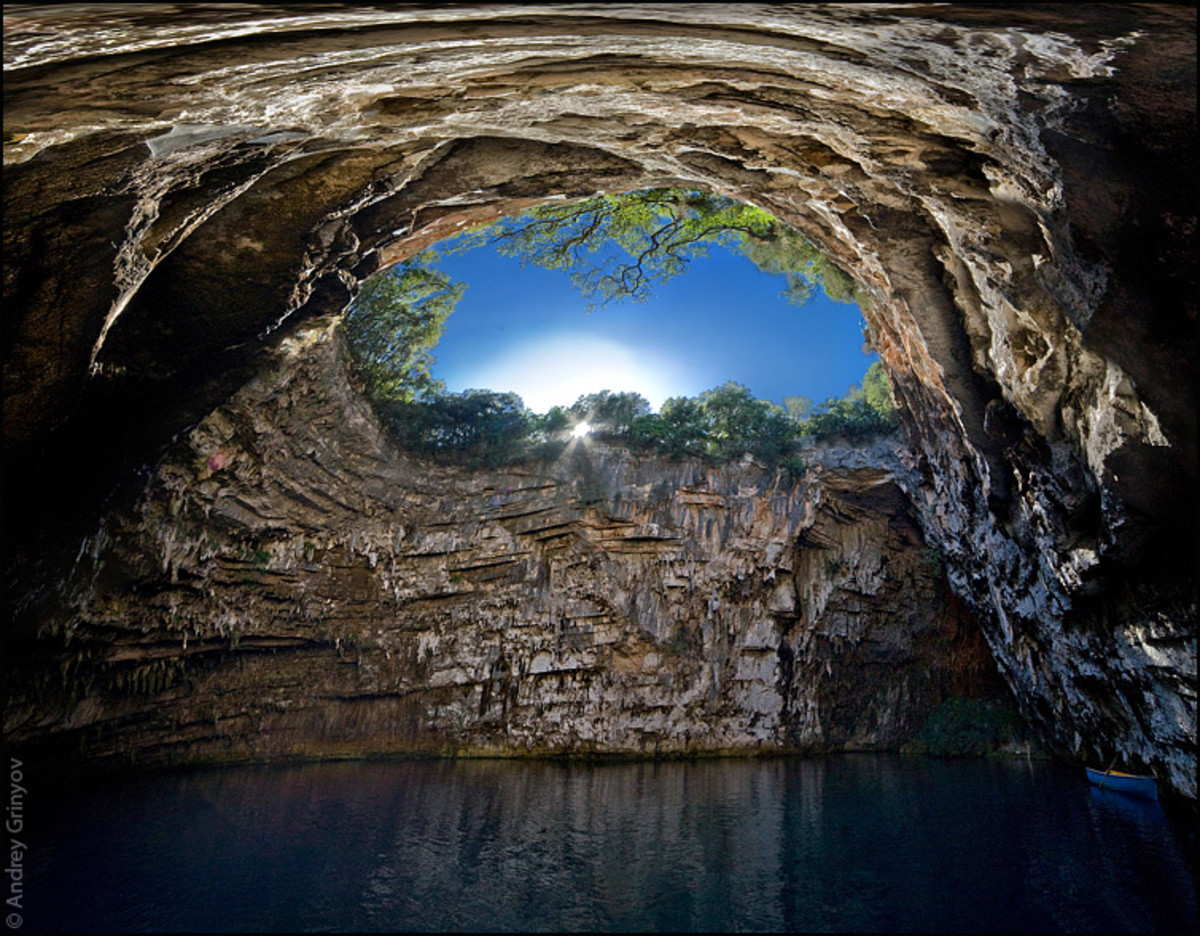
Melissani Cave in Kefalonia, Greece
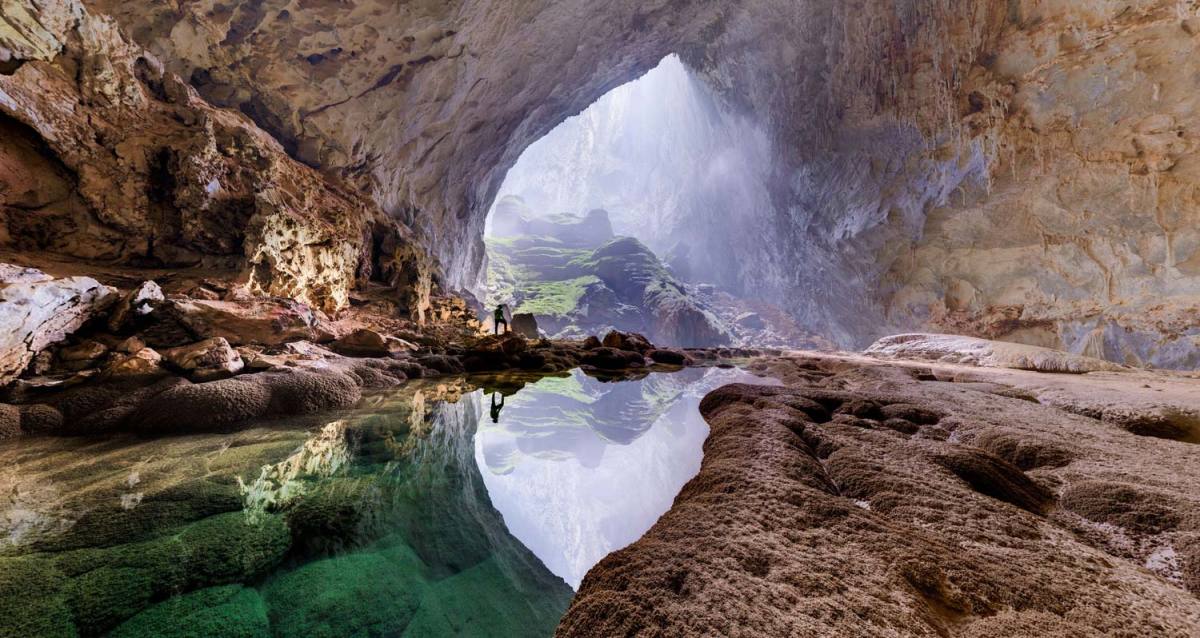
Sơn Đoòng in Vietnam is the world’s largest cave!
